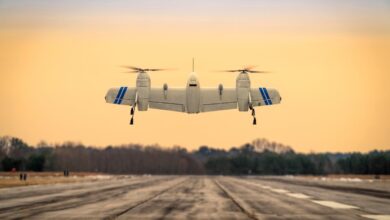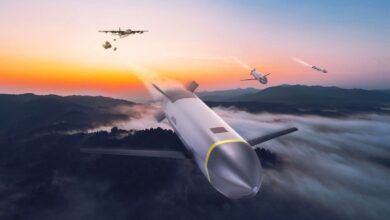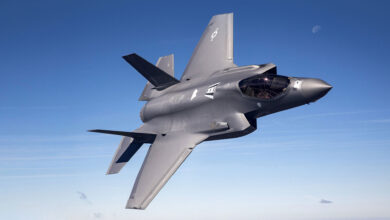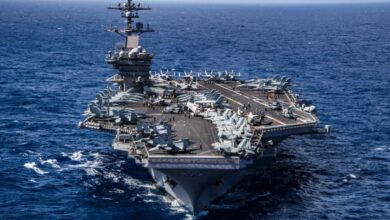Austal USA and Lockheed Martin were awarded contracts worth more that $1.1 billion combined to build two littoral combat ships, the U.S. Department of Defense said in Friday October 6 a press release.
Both firms were “awarded a not-to-exceed the congressional cost cap of $584,200,000 fixed-price-incentive firm target” contract for the ships’ construction, the release said.
“The Navy expects to release a competitive solicitation(s) for additional LCS class ships in future years” the release added, saying that therefore the specific contract award amount for these ships “will not be made public at this time.”
Austal’s work will be primarily done in Mobile, Alabama, while Lockheed Martin’s will be carried out in Marinette, Wisconsin.
Naval Sea Systems Command awarded the contracts, and work is expected to be completed by October 2023
The Lockheed Martin contract includes an additional $15,000,000 for LCS class services and integrated data environment support and options for the construction of additional ships, services and support.
Saudi Arabia has expressed interest in purchasing four Multi-Mission Surface Combatant ships. The purchase of a derivative of the Freedom variant LCS was approved by the US State Dept in 2015, and is reportedly included in the $110 billion deal finalised in May between the two nations.

Littoral combat ship design
The littoral combat ship is a small, fast, maneuverable vessel that, due to its modular design, is easy to reconfigure for different roles including anti-submarine warfare, mine countermeasures, intelligence, surveillance and reconnaissance, special operations, and logistics.

Austal constructs the smaller, lighter and faster trimaran hull Independence-class LCS, while Lockheed Martin builds the Freedom-class vessel. Both are relatively small assault transport type ships with shallow drafts designed for operations in the close-to-shore littoral zone.
They have a flight deck and hangar for two SH-60 or MH-60 Seahawk helicopters, a stern ramp for small boats, and can carry a small assault force with fighting vehicles, and they are armed with Mk 110 57 mm guns and RIM-116 Rolling Airframe Missiles.
They are also equipped with autonomous air, surface, and underwater vehicles including the MQ-8B Fire Scout.

The original concept for the LCS was developed in the 1990s and refined, enlarged and expanded until the first contracts were awarded in 2004. Lockheed Martin, General Dynamics and Raytheon submitted design proposals and contracts were issued for the construction of two vessels each of the Lockheed Martin design (LCS 1 and LCS 3) and of the General Dynamics design (LCS 2 and LCS 4) which Austal now builds.
LCS 1 was launched in September 2006, and LCS 2 in April 2008.
In 2007, the Navy canceled contracts to build LCS 3 and 4 due to cost overruns and then announced a new bidding process for three ships, with the winner building two and the loser building one. Contracts for the two ships were renewed in early 2009.
Political pressure mounted later that year over cost control of the offered $460 million fixed price contracts. Studies were conducted, including one on whether a reduction in top speed from 40 knots to 30 could help keep the ships under the price cap.
Budget documents from 2010 showed that the cost of Freedom (LCS 1) had risen to $637, and Independence (LCS 2) to $704 million.
Instead of selecting a winning design, the U.S. Navy asked Congress in 2010 to allow for the order of ten of each design. The Navy budgeted $490 million for each vessel while the Congressional Budget Office projected a cost of $591 million.
Both shipbuilders received Navy contracts for ten further ships of their designs, with two ships of each design being built each year between 2011 and 2015.
In December 2015, Secretary of Defense Ash Carter reduced planned LCS purchases and ordered the Navy to select a single variant by 2019. In November 2016 the Pentagon blocked publication of cost overruns on both designs.
A possible threat to the LCS program emerged in July 2017 when the Navy released a request for information for a new multi-mission guided-missile frigate that could perform similar roles to the LCS but with better offensive and defensive capabilities.












